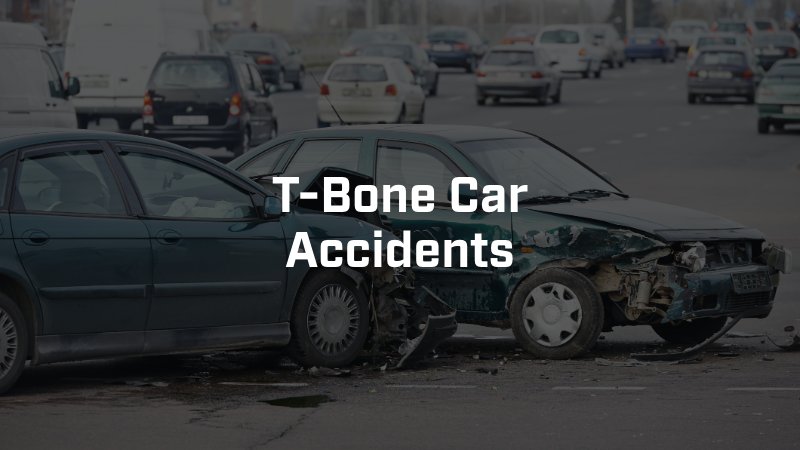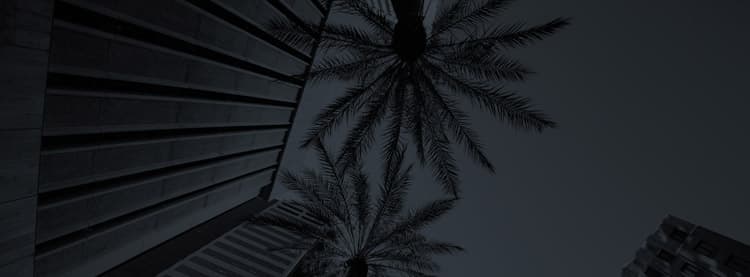Coming face to face with another vehicle is not on anyone’s list of things to do. Unfortunately, T-bone accidents are not uncommon, and they regularly lead to major injuries. Often, these incidents occur with one or more vehicles operating at higher rates of speed, increasing the chance of catastrophic harm to occupants inside. If you’ve been injured in a t-bone accident, contact a Phoenix, AZ injury lawyer for help navigating the legal process.

T-Bone Car Accident Injuries in Arizona
T-bone accidents, sometimes called side-impact collisions, can result in major injuries due to the limited protection available on the sides of vehicles. Common injuries include:
- Head and brain injuries. The force of a T-bone collision can cause occupants to hit their heads against windows, the steering wheel, or other parts of the car, leading to concussions, traumatic brain injuries (TBI), or skull fractures.
- Neck and back injuries. Whiplash is a frequent injury in side-impact collisions, where the sudden jolt causes the neck to snap back and forth. More severe injuries can include spinal cord damage, which may result in partial or complete paralysis.
- Chest and abdominal injuries. The impact can cause broken ribs, internal bleeding, and damage to internal organs. Seatbelts, while protective, can also cause bruising and fractures in high-speed crashes.
- Limb injuries. Arms and legs are vulnerable in T-bone accidents. Occupants may suffer from broken bones, dislocations, or severe cuts and bruises.
- Emotional trauma. Beyond physical injuries, victims often experience emotional distress, including fear, anxiety, flashbacks, depression, and post-traumatic stress disorder (PTSD) following the accident.
How is Liability Determined After an Arizona T-Bone Crash?
Determining liability in a T-bone accident can be complex, involving various factors and evidence. Here are key elements considered:
- Traffic laws. One of the primary factors in determining negligence is whether any traffic laws were violated. This includes running red lights, failing to yield, or speeding. Police reports and traffic camera footage can provide important documentary and viewable evidence.
- Driver statements. Statements from drivers involved in the accident can help establish what happened. However, these statements may be biased or incomplete, so they must be considered alongside other evidence.
- Witness testimony. Independent witnesses can provide an unbiased account of the accident. Their statements can be valuable in corroborating or disputing the drivers’ versions of events.
- Physical evidence. The damage to the vehicles, skid marks on the road, and the final positions of the cars can help reconstruct the accident. Accident reconstruction experts may be called in to analyze this evidence and provide a clear picture of how the collision occurred.
- Surveillance footage. Nearby businesses or traffic cameras might capture the accident, providing clear visual evidence of the events leading up to and during the collision.
Comparative Fault Issues
In Arizona, the concept of comparative fault, also known as comparative negligence, can affect how compensation is awarded in T-bone accidents. Here is how it works:
- Shared responsibility. If both drivers share some degree of fault for the accident, their compensation may be adjusted based on their level of responsibility. For example, if Driver A is found to be 70% at fault and Driver B is 30% at fault, Driver B’s compensation will be reduced by 30%.
- Pure comparative fault. Arizona follows a “pure comparative fault” system, meaning that even if a driver is mostly at fault, they can still recover some compensation. For instance, if a driver is 90% at fault, they can still recover 10% of their damages from the other party.
- Impact on claims. Understanding comparative fault is essential for victims, as it influences settlement negotiations and court decisions. Insurance companies will investigate and argue to minimize their liability, often attributing some degree of fault to the other party.
Navigating comparative fault issues can be challenging, but a skilled car accident lawyer in Phoenix, AZ can help work to help victims receive fair compensation despite shared fault.
